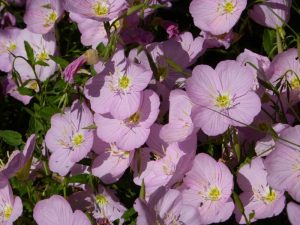
The Mexican Primrose blooms pink most the year
The romance of the arid western part of our country has attracted visitors for decades. Of course, these days the Southwest with its bright sunny days, a desirable quality of life, and very reasonably priced homes is irresistible to those looking for a new place to live. But I still am surprised at the number of new residents moving to the high country of Arizona.
This week alone I met newbies from Ohio, New York, Alaska, Oregon, Virginia, and Texas, and those are only the states that I can call to mind “right off the top of my head”. Gardeners new to the area often try to bring their landscapes with them, including the plants they loved back home. Admittedly, we have such a mild climate that our plant selection is greater than that in other parts of the country. However, not all plants from other states do well in our extreme climate.
I find most gardeners new to the area want to landscape with natives but the choices seem too few, and sometimes too stark for adapting tastes. But, new-to-the-area gardeners can have fun designing with all the plants, textures, and styles new to them. Just include most Rocky Mountain natives with a few super- tough transplants from abroad and gardening choices can be equally Arizona hardy and interesting. Of special consideration should be Western native plants. I have a list of my preferred ‘Western Native’ selections, but there are far too many to list in this column. The in-depth list, entitled “Yavapai Friendly Plants”, is free for the asking the next time you visit the garden center.
For today’s column I’ve put together an abbreviated list that features a couple of native trees, a few shrubs, and some super blooming perennials.
Native Trees – Most of us don’t think of Arizona Aspens as local plants, but bear in mind that Aspen creek is within a local walking trail. With their famous paper white bark these tall trees are striking plants. Nature has designed them to take on local thick soils and our extreme winds. Make sure to stay away form the European or Swiss varieties; they don’t grow well here.
Although shaped much like the east’s most famous low water user, the Eastern redbud, Desert Willow is 100% Arizonan. This summer-loving tree grows wild throughout the region with deep-throated purple-and-white flowers that show all summer. Hummingbirds flock to our area just for its nectar! Encourage this 12′ tree to grow up to size, then cut it completely from all irrigation and watch it thrive.
Native Shrubs – These are fun to play with because of their great variety of textures, shapes, and sizes. The most famous is the Apache Plume. This tough local native forms small white flowers resembling single rose blooms; they are followed by attractive fluffy white plumes that persist throughout the fall. This hip- high bloomer is often covered in white flowers and white plumes at the same time. Use it in the most hot, dry, and inhospitable places, around landscape boulders, rock gardens, and behind drystone walls.
Gray Leaf Cotoneaster is an equally hardy evergreen shrub that boasts classic Arizona blue foliage year round. With its white spring flowers that form red berries, it guarantees interest throughout the year. Very tough and perfect for windy hilltops, it’s also suited for areas troubled by javalinas. They despise the texture and flavor of this Western native!
You can’t mention Arizona shrubs without suggesting an agave or yucca. The Artichoke Agave grows on most hilltops in the area. These spiny, knee-high plants require virtually no care when fully rooted. This variety forms the 10′ tall white flower that is so impressive. It also is a striking sight in containers in a classic Southwest courtyard.
Brakelights Yucca – Vibrant, brake light red blooms cover this plant from summer through autumn. This compact new selection rarely sets seedpods, meaning more prolific flowering over an exceptionally long season. As many other Western Natives it’s spectacular as a container specimen.
Native Perennial Flowers – Starting to bloom vigorously is the ‘Red-Headed Beauty’ penstemon. It is so happy in the garden it frequently reseeds and multiplies. Hummingbirds are distracted from their bickering antics when this unique, deep red flower begins to bloom.
Moonshine Yarrow – this Arizonan is as soft as a baby’s bottom and glows gold under the rays of the moon. Day or night, no other native blooms longer. Works beautifully in Western dry land gardens where it naturalizes much like a wildflower, and once established requires little if any care. The knee-high blooms are visible under a full moon and are as cheery as a yellow canary during the day. This is a very easy to grow plant that blooms pink most of the year. Look for more photos on my Facebook page at www.facebook.com/watters1815 .
~~ ~~ ~~ ~~ ~~ ~~ ~~
Free Gardening Class – April 20th’s class, “How to Grow and Use Native Plants”, will start promptly at 9:30 am in Watters’ back greenhouse. Take in this class if you’d like more ideas for the wilder parts of your landscape. On April 27 the class subject will be, “Growing Easy Care Flowers and Roses this Spring”.
Until next week, I’ll see you in the garden center.
http://wattersgardencenter.com/2013/use-low-care-natives-for-stylish-local-gardens/ Use Low Care Natives for Stylish Local Gardens

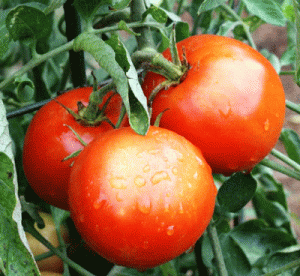
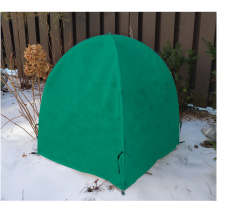
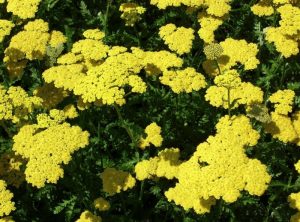



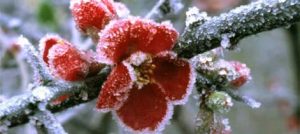
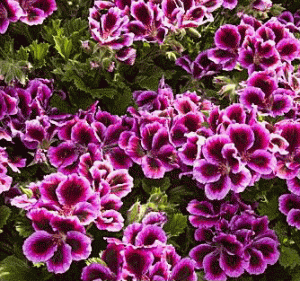
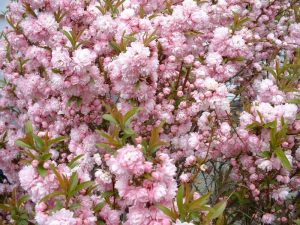
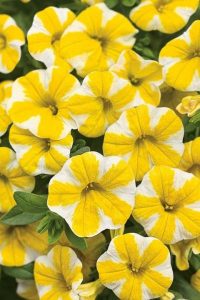
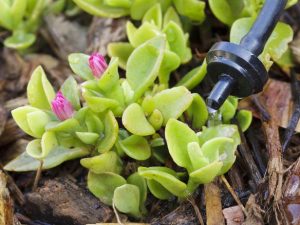 Once again our spring planting season is moving into full swing! As gardeners are putting new plants into the ground the question most asked at the garden center this week has been, “When do I turn on the water?” The answer is simple: Our growing season is from April though October and irrigation systems should be activated during this time.
Once again our spring planting season is moving into full swing! As gardeners are putting new plants into the ground the question most asked at the garden center this week has been, “When do I turn on the water?” The answer is simple: Our growing season is from April though October and irrigation systems should be activated during this time.